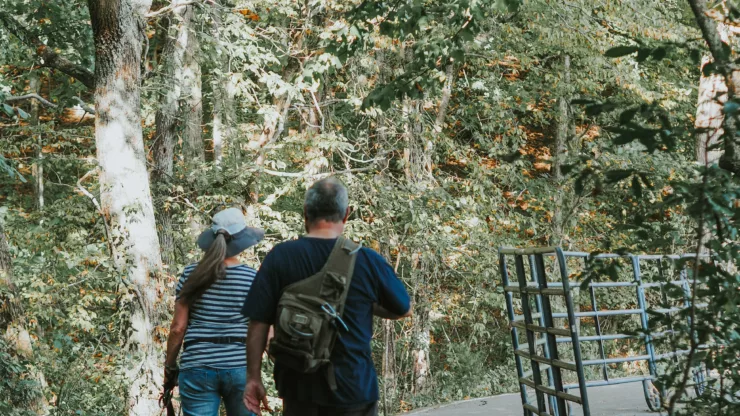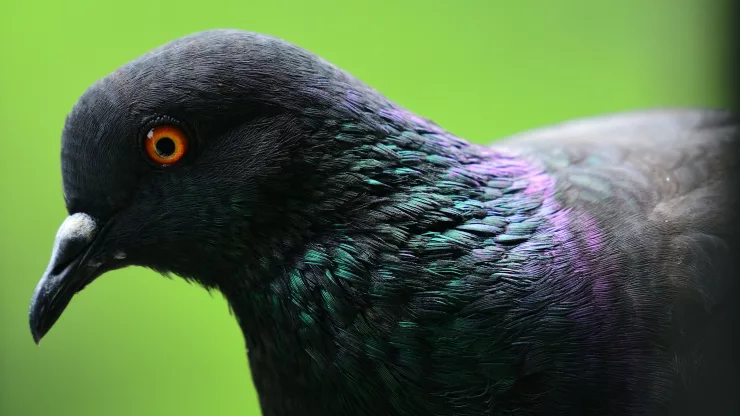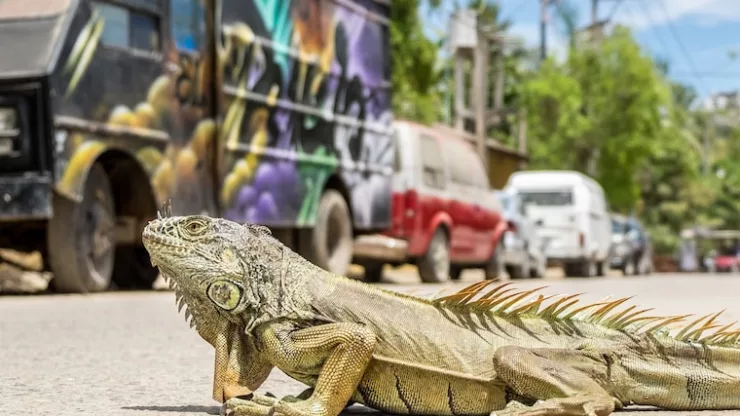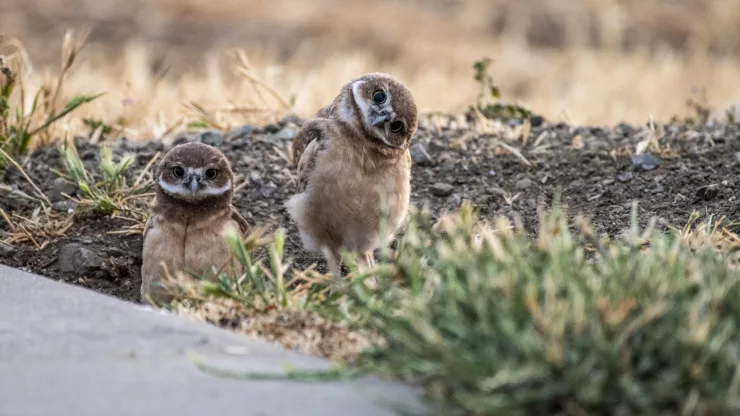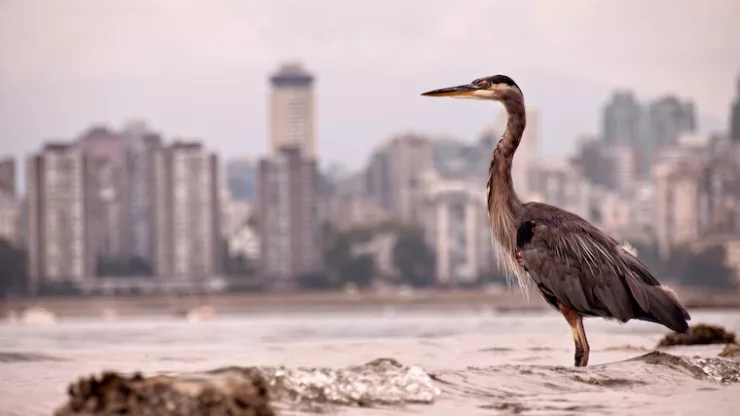Urban Otters: Unveiling Their Secret Lives in Cities
Otters are known for their playful and charming personalities, but did you know that they are also making their homes in urban environments?
Urban otters are a fascinating phenomenon that is capturing the attention of researchers and conservationists alike.
In this article, we will explore the secret lives of urban otters and the importance of studying them for conservation efforts.
Jump to Section
Introduction: Urban Otters in Cities
The Rise of Urban Otters: A Fascinating Phenomenon
Otters are traditionally associated with wild, natural habitats such as rivers and lakes.
However, in recent years, researchers have observed an increase in the number of otters living in urban environments.
This trend is thought to be due to several factors, including the restoration of urban waterways, the availability of food sources, and the reduction of hunting pressures.
The Importance of Studying Urban Otters for Conservation Efforts
Understanding how otters are adapting to urban environments is crucial for conservation efforts.
By studying urban otters, researchers can gain insights into how wildlife can thrive in human-dominated landscapes.
Furthermore, identifying the threats facing urban otters can help conservationists develop strategies to protect them.
Habitat and Distribution of Urban Otters
The Urban Landscape: Where Do Otters Live in Cities?
Urban otters are primarily found in waterways such as rivers, canals, and ponds. They may also make their homes in parks and other green spaces.
Otters are highly adaptable and can survive in a variety of urban landscapes, from densely populated city centers to suburban areas.
Understanding the Distribution of Urban Otters Across Different Cities
The distribution of urban otters varies across different cities. Some cities, such as Singapore and Mumbai, have large populations of otters living in close proximity to humans.
Other cities, such as New York and London, have smaller populations of otters that are more widely dispersed.
Understanding the distribution of urban otters is important for developing conservation strategies that can be tailored to specific cities.
| City | Population of Urban Otters |
|---|---|
| Singapore | 100-120 |
| Mumbai | 25-30 |
| New York | 5-7 |
| London | 3-5 |
Urban Otters’ Diet and Feeding Habits
The Varied Diet of Urban Otters: What Do They Eat in Cities?
Otters are opportunistic feeders and will eat a variety of prey depending on what is available in their environment.
In urban environments, otters may feed on fish, crustaceans, and even small mammals such as rats and mice.
They may also scavenge for food in garbage bins and other human-made sources.
How Urban Otters Adapt Their Feeding Habits to Survive in Cities
Urban otters have adapted their feeding habits to survive in cities. For example, they may hunt at night when there is less human activity and more prey available.
They may also use human-made structures such as bridges and culverts to travel between waterways and hunting grounds.
Social Behavior of Urban Otters
The Secret Lives of Urban Otters: Understanding Their Social Behavior
Otters are social animals that live in family groups called rafts.
Rafts typically consist of a breeding pair and their offspring.
In urban environments, otters may form smaller rafts due to the limited availability of suitable habitats.
Urban Otters’ Group Dynamics: Who Do They Hang Out With in Cities?
Urban otters may form rafts with other otters or even other species such as raccoons and beavers.
They may also interact with humans, although they tend to be shy and elusive.
Understanding the social behavior of urban otters is important for developing conservation strategies that take into account the needs of these animals and their interactions with humans.
Threats to Urban Otters and Conservation Efforts
The Need for Conservation: Understanding the Threats Facing Urban Otters
Urban otters face a variety of threats in urban environments, including habitat loss, pollution, and human disturbance.
In addition, they may be at risk of disease transmission from domestic animals such as dogs and cats.
Understanding these threats is important for developing effective conservation strategies.
Conservation Efforts to Protect Urban Otters in Cities
Conservation efforts to protect urban otters include habitat restoration, pollution reduction, and education programs to raise awareness about these animals and their importance to urban ecosystems.
In addition, researchers are working to develop strategies to mitigate the risks of disease transmission from domestic animals.
Conclusion: The Future of Urban Otters in Cities
The Importance of Further Research to Understand Urban Otters in Cities
Urban otters are a fascinating and important part of urban ecosystems. However, there is still much to learn about these animals and their interactions with humans.
Further research is needed to understand the distribution, behavior, and conservation needs of urban otters.
The Hope for a Brighter Future for Urban Otters in Urban Environments.
Despite the challenges facing urban otters, there is hope for a brighter future for these animals in urban environments.
With the right conservation strategies in place, it is possible to create a more harmonious relationship between humans and otters in cities.
FAQ
What is the difference between urban otters and wild otters?
Urban otters are otters that have adapted to living in urban environments, while wild otters live in natural habitats such as rivers and lakes.
Are urban otters dangerous to humans?
Urban otters are generally not dangerous to humans. They tend to be shy and elusive and will avoid human contact if possible.
How can I help protect urban otters?
You can help protect urban otters by supporting conservation efforts, reducing pollution, and avoiding disturbing their habitats.
Additionally, you can help raise awareness about these animals and their importance to urban ecosystems.
I’m a nature enthusiast and creator of Metro Wilds and have spent years exploring the great outdoors.
With a passion for environmental conservation and sustainability, I have dedicated my career to writing about the beauty and wonders of nature, as well as the threats facing our planet.
Contact me at [email protected] for assistance.

